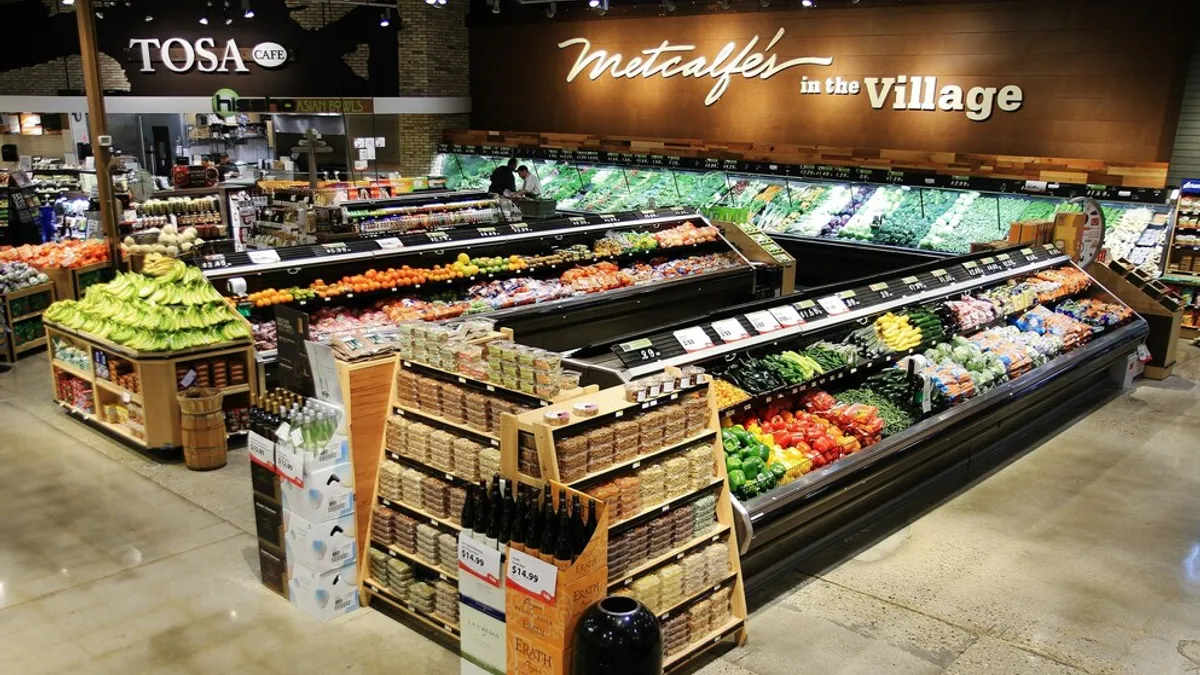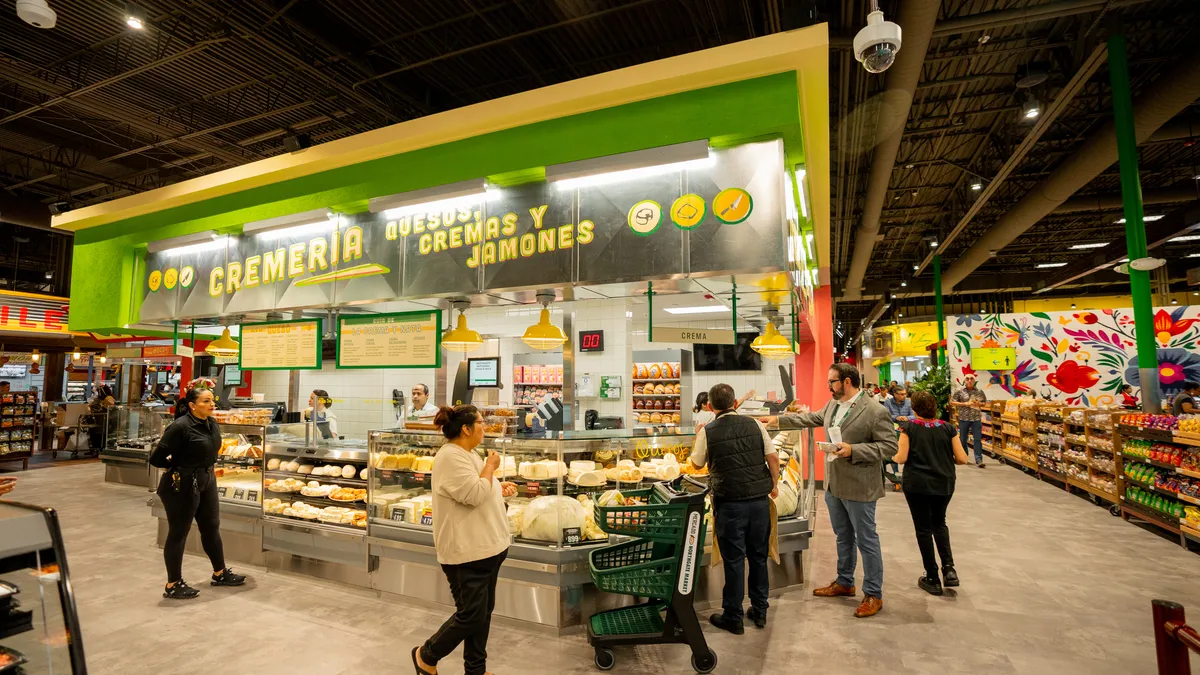Mandy Saven is the head of food, beverage and hospitality at Stylus, a global innovation research and advisory company. She is a trends consultant specializing in food culture and consumption, flavor innovation, product development and technology.
As global pollution levels rise, consumers are increasingly concerned about air toxicity. Just last October, it was reported that Los Angeles had had its worst smog season in at least 13 years. This local and worldwide fear is spurring a wave of research — much of it coming out of the U.S. — and product innovation across the food and drink landscape, as well as other industries such as beauty, fashion and homewares. While this innovation is in its infancy, grocery brands globally have an opportunity to help counterbalance the harmful effects of poor air quality and win consumers in the process.
Consumer concern
The impact of pollution on food sources isn’t a new conversation — Chinese scientists have warned for some time now that air pollution in China may impede photosynthesis, compromising the quality of China’s soil and water and, ultimately, the country’s food supply. But as consumers become more aware of the physical and broader environmental consequences of industrialization, the topic is gaining further momentum. And this is already being reflected in internet searches. According to data from Nissan, internet searches for "best air purifier" and "air-quality index" rose by more than 750% from 2006 to 2016.
Family by family, city by city, generation by generation, the clean food movement is transforming not only the business of food but also the culture of eating. Today’s switched-on consumers seek identifiable, natural and healthier ingredients with attributes such as "natural," "clean," "transparent" and "ethically sourced" are becoming must-have credentials.
However, with air pollution threatening the quality of life in many major cities — causing roughly 200,000 premature deaths annually in the U.S. and 6.5 million deaths globally, according to the World Health Organization — health-conscious consumers are demanding that their food classifications go further to the point that they are also pollutant-free.
An early-adopter in this field, Swedish supermarket chain ICA already enables consumers to make sustainable choices via its climate-guided recipe initiative. Shoppers can access a climate guide for select recipes on the brand’s website where recipes are marked with one, two or three leaves to symbolize how “friendly” they are from a climate perspective, enabling consumers to make informed decisions. The classification is part of the grocer’s business-wide sustainability push.
Initiatives like this hold important significance for food and drink brands that will be held ever more accountable for their environmental impact. Meanwhile, future packaging standards could demand total transparency when it comes to ingredient sourcing in pollution-heavy locales.
Pollutant-free food innovation
Products and ingredients that combat the effects of pollution hold major mileage for food and drink brands while tapping into the lucrative global wellness movement.
Early innovations are just starting to reach consumers, leaving space for brands to claim this fertile ground. Launched in China and supplied by New Zealand nutraceutical business Anagenix, a new juice called BerryQi claims to protect lungs from the damaging effects of pollution. The beverage contains a newly developed ingredient derived from New Zealand boysenberries that has been scientifically proven to reduce symptoms of airway inflammation — dubbed by lab Food & Plant Research as a new "superfood."
Other ingredients showing positive anti-pollution credentials include broccoli sprout extract. A study by scientists at the University of California proved that drinking the extract in juice for four consecutive days could blunt the inflammation that occurs inside an individual’s nose after exposure to diesel exhaust pollution.
Along these lines, U.K. start-up Areea has produced a drink containing an enzyme extracted from broccoli that helps the body rid itself of benzene — a toxic particle that’s proven to be carcinogenic and is inhaled via exhaust fumes.
Alaska-based scientist and olfactory evolution expert Kara Hoover suggests there could be other side effects to pollution. She believes it dulls the finer nuances of smell and, in turn, taste, leaving consumers reaching for richer-tasting foods as a way to counterbalance these effects. She asserts that compromised smell can lead to obesity since individuals seek foods with salty and fatty overtones.
The pollution opportunity
More and more we see consumers demanding that brands take a stand and shape cultural discourse, particularly around provocative subjects like food provenance and waste. As cleaner eating becomes expectation and consumers become more interested in adopting eating habits that shield against the effects of pollution, food brands globally have an opportunity to meet these demands with products that are rich in antioxidants. Calling these benefit claims out on packaging and marketing communications will be key.
Although the pollution opportunity seems most prevalent right now in cities like Beijing, relevance extends much further afield. Cities including New York and London have battled against poor air quality for a number of years — the latter having exceeded its legal smog limit for 2018 in January alone, according to Accuweather.
Pollution is a global issue — it affects every single one of us. But with this comes opportunity to restore, replenish and protect from within — and empathetic brands will do well to embed this thinking into their product development.















